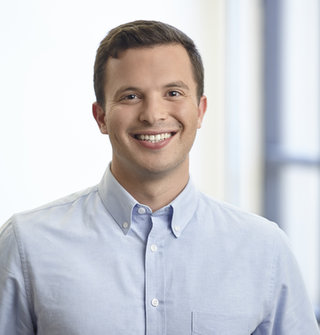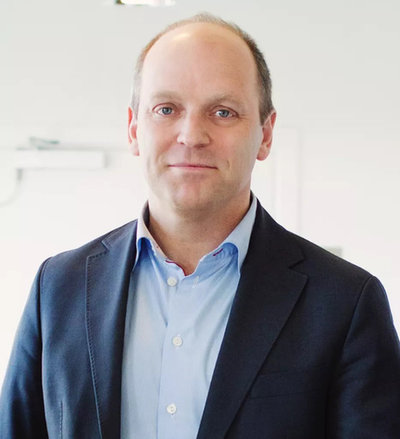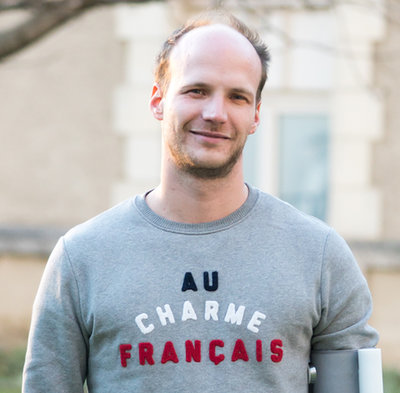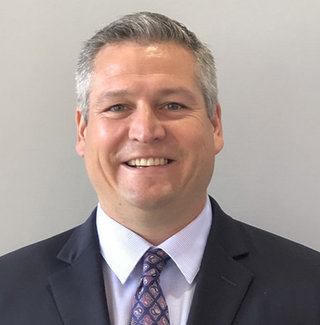Unmet needs of cardiac monitoring
Following is a collection of insights by the founders and CEOs featured in this magazine on current needs they see in the cardiac monitoring space for which there still aren´t solutions.
Trent Tribou, co-owner, TZ Medical
Current developments and improvements to cardiac telemonitoring are controlled by the wants and desires of the healthcare professional. However, patient needs, compliance, and costs play a major factor in incorporating new technologies. We realize that whether it is the patient or the US taxpayer, someone is paying for the service provided, so we continue to miniaturize, improve performance, and integrate new technologies while being cognizant of the impact of these improvements on cost to the patient.

Jason Bellet, Co-founder & COO, Eko
Access to care. This is broken in numerous places, from those who don’t have insurance or a primary care provider, to the millions of Americans that live in rural areas with little to no access to specialists. As a consequence, patients often go undiagnosed with diseases that they could be treated for earlier and with better outcomes, without being subjected to exorbitant healthcare costs. While there are thousands of possible fixes for these gaps in our healthcare system, the application of AI seems most promising to help providers at the front lines of care identify and treat disease more effectively. Our platform is an example of this by equipping providers with AI-powered digital stethoscopes and ECGs to assist them in the detection and monitoring of patients with cardiovascular disease. We believe if you can put some of the power of the best cardiologists in the hands of every provider, that raises the bar of the healthcare system as a whole.

RanndyKellogg, President and CEO, Omron Healthcare
Philip Siberg, President and co-founder. Coala Life
We are working to give our monitors the capability to monitor more heart health data points. We believe deeply in fostering better dialogue between physicians and patients to help consumers understand more about their heart health and build treatment plans. This area still has room to grow.
Monitoring devices with therapeutic claims. In the US, heart palpitations account for over 70 million visits to primary care and are the second most common reason for visiting a cardiologist, with recurring admissions and reduced quality of life as a result. With a therapeutic labeling, solutions like the Coala could be prescribed as any drug to patients with palpitation problems.


Mathieu Letombe, CEO, Withings
Stuart Long, CEO, InfoBionic
We are at the beginning of what can be created in telemedicine for heart failure patients, specifically for home monitoring of patients with advanced heart failure or during the vulnerable post hospitalization timeframe, to improve patients’ prognostics and quality of life.
Form factor in the current patch market. Despite patches being all the rage, there is not clinical improvement in signal quality. Granted patches are more convenient and drive patient compliance up, we still think this segment needs a leapfrog. Stay tuned!


Today, the market is in need of minimally intrusive sensors that collect high-quality ECG data continuously and without adhesive or intrusive hardware. The market is also in need of more accurate algorithms that can process huge amounts of data with high accuracy and without burdening clinicians with more work. Solving such needs will enable convenient perpetual monitoring that can drastically improve outcomes of cardiac diseases.

Ziad Sankari, Founder & CEO, CardioDiagnostics
Single-lead is ubiquitous now, but it is limited in certain diagnosis. For example, single-lead ECG can miss some arrhythmias, and cannot reliably detect structural changes (e.g. hypertrophy), ischemia (STEMI), prolonged QT, or locate the origin of certain arrhythmias (e.g. PVCs). Before QT ECG becomes available, to get a medical standard 12-lead ECG, patients will have to go to the hospitals, ERs, or doctor’s offices. (QT Medical)

Dr. Ruey-Kang Chang, Founder and CEO, QT Medical
While we’re seeing steady growth and breakthrough in wearable devices in terms of heart rate, the market is currently lacking efficient and affordable monitoring solutions for outpatient care for more serious conditions. We need real-time monitoring for signs and symptoms of various complications. Additionally, there is an opportunity to increase automation and speed to help physicians and their patients improve outcomes.

Peter van haur, CEO, Vital Connect